The psychology of horror and why our obsession with screen violence may be healthier, more beneficial, and more healing than long believed
Violence exists in most horror movies regardless of the movie context. Though not all violent scenes are crafted to be scary, most of them are designed to evoke an emotion and create a sense of unease or tension. A violent scene in a slasher movie, for example, might be thrilling or terrifying; silly and over-the-top, or downright heart-pounding. In an arthouse horror film or psychological thriller, there might be less gore and visceral imagery, but the impact could be more intense given the realism and slow-burning buildup often associated with these films. Often, what is not shown can be more disturbing than what is overt.
But what is it about this violence that attracts some while repelling others? Should there be a stigma attached to seeking out films filled with violent content? Is there anything wrong with craving onsceen violence while condemning that violence in the real world?
Violence in films, especially horror films, has long been a topic of debate and controversy.
Photo Credit: @patong_ens via Twenty20There are ongoing questions about how exposure to this violence affects viewers. Is it exploitative? Does it desensitize us in a harmful way? Or is it a healthy way for us to confront our fears in a safe and healthy way? Does exposure to onscreen horror help us better prepare for the horrors of the real world?
Do people who watch horror movies need to see violent scenes? Why are some people so drawn to fear-inducing forms of entertainment?
A recent National Geographic article explored the benefits of watching scary movies, with many viewers experiencing psychological responses similar to exposure therapy, a technique used to treat anxiety disorders. In other words, watching horror movies have been shown to help people overcome real-world trauma. They can be an invaluable coping tool. Exposure to frightening and violent imagery and scenarios free from actual danger can help us face our deepest fears and work to overcome them.
According to the article, as early as the 1950s, Martin Grotjahn, a University of Southern California School of Medicine professor and a Freudian psychoanalyst, argued that scary movies are “self-administered psychiatric therapy for America’s adolescents.”
A recent study of more than 300 people also showed that horror fans are faring much better psychologically than non-fans during the emotionally draining months of the COVID-19 pandemic. And a 2018 study found that horror fans may enjoy being scared because it helps them gain a sense of mastery or control over their fears from the safety of living room couches or darkened movie theaters.
Onscreen violence can be punishing and hard to watch, and horror movies can desensitize us to visuals of violence, but that’s not the same thing as desensitizing us to the impact of violence.
Photo Credit: @Dana_Keli via Twenty20In my opinion, horror is one of the more empathetic genres, emotionally.
The horror comes from empathizing with the characters and the situations they are in. It’s why many hack-and-slash films — like the popular slashers of the 80s — can be super fun to watch but are often not that scary. The violence is usually extreme, but the characters aren’t well fleshed out. We aren’t made to invest in them; we aren’t supposed to really care about their plight. The characters are there to be fodder for a higher kill count, and we often crave the excitement of the brutal, bloody kills without feeling an emotional response.
The character-driven films can be much harder to watch because we care about what happens, and the violence — even if it is less intense — impacts us a great deal more.
By the same token, watching ultra-violent horror movies doesn’t make real-world violence more palatable, though it can help us be better equipped to deal with it. And horror fans may love violence in some instances but shy away from a specific kind of violent content that triggers too intense of response, often because the violence feels too real or hits too close to home. This is why a lot of entertainment content now comes with trigger warnings.
While a horror fan may have no problem watching teens get slaughtered, the murder of an animal may be too much to take.
Another hardcore fan may love to see hundreds get torn apart by zombies, but watching a scene involving sexual assault or domestic violence may send them over the edge. A college student might marathon the goriest slashers they can find but struggle to deal with essay papers on emotionally-charged, violence-related topics, seeking out help for domestic violence essay topic ideas on a service like GradesFixer.
Research suggests that in order to derive pleasure from being horrified, three factors need to come into play. First, we need to believe we are physically safe. Second, we need to have confidence that we control and manage the danger we encounter. In other words, if we find ourselves in a haunted house being chased down by a chainsaw-wielding maniac, we can experience intense fear but still, feel safe knowing we can escape. Finally, we must be able to psychologically detach.
When we see something horrible happen in a horror film, we can activate psychological detachment by reminding ourselves that the characters are just actors; nothing bad is really happening (though the idea of what that violence would be like in real life is what causes the fear response).
In order to benefit from the therapeutic effects of horror, the fear has to be real — even if the threat is not.
Photo Credit: @Aleksey.Veshkurtsev via Twenty20Of course, what terrifies one person may be child’s play to another. And what seems dull to one may crawl deep under the skin of someone else and make a profound impact. This is why horror offers such a diverse landscape. From creepy clowns to masked maniacs to sinister specters and waking nightmares. Regardless of the subject matter, violence, or the threat of violence, is what triggers our fear response.
It’s what signals dangers and causes our flight or fight response triggered by the sympathetic nervous system. In perceived dangerous situations, this system triggers involuntary responses — increasing heart rate, raising blood pressure, sending extra blood to our muscles — so we are ready to address the threat.
Violence in a horror film helps create the atmosphere and tension. It’s what puts us on edge and sets off our body’s fear response, releasing stress hormones like cortisol and adrenaline.
Interestingly, as some parts of our brain get amped up during a fear response, others shut down. When the amygdala senses fear, the cerebral cortex (area of the brain that harnesses reasoning and judgment) becomes impaired — so now it’s difficult to make good decisions or think clearly. This is actually why we scream in a haunted house or during a frightening part of a film.
Our brain is unable to rationalize at the moment that the threat is not real.
But while fear can trigger a stress response, it can also make us feel good. Through the excitation transfer process, your body and brain remain aroused even after your scary experience is over. During a staged fear experience — like watching a horror movie or riding a roller coaster, your brain will produce more of a chemical called dopamine which elicits pleasure.
Once we realize that a threat no longer exists or isn’t real, the related parasympathetic nervous system takes over; it helps us to calm down. This instinctive response may contribute to the feeling of relief after a threat has passed. And that relief can be very therapeutic and effective at relieving anxiety — and not just the anxiety we feel when frightened during an intense horror film but the anxiety we feel in real-life situations as well.
While horror may not receive much respect from mainstream critics and the cinematic community, its widespread appeal cannot be denied.
Photo Credit: @sabrinafvholder via Twenty20Despite the genre’s reputation as being cheap and tasteless — with an undesirable focus on the shocking and grotesque — horror thrives.
Even during the pandemic, when the entire film industry has suffered a serious blow, horror movies remain one of the most profitable genres at the box office. Universal Pictures’ Candyman debuted with $22 million in domestic sales, surpassing industry expectations despite ongoing fears that the delta variant would keep people away from cinemas.
Movie theaters have struggled to sustain momentum since reopening last year. The problem has been exacerbated by many high-profile franchise films that have been made available in theaters and on streaming services at the same time. But this hasn’t been the case for Hollywood’s 2021 horror films. The slate has been exclusively available in theaters, which has coaxed audiences out to experience frights and jump scares in the dark.
Paramount’s A Quiet Place Part II, which was delayed due to the pandemic, tallied nearly $300 million globally over the Summer months. It had an estimated budget of around $22 million. The latest installment in the Conjuring film franchise, The Conjuring: The Devil Made Me Do It, had a reported budget of around $40 million and secured $200 million in worldwide sales during its Summer release.
Horror movies have helped fuel the box office even when movie theaters were shuttered last year. Most notably, IFC’s The Wretched, which was released in May 2020, drew large crowds to drive-in theaters.
For over a century, filmmakers around the world have been coming up with new concepts to continuously terrify people, and there is no shortage of fans clamoring to be disgusted, horrified, unsettled, and chilled to the bone. Whether it’s fear of the unknown, fear of what goes bump in the night, fear of others, fear of the natural world, fear of our government, or even fear of ourselves — horror exposes us to that which we most hope to avoid, and we can’t get enough.
Why do we run towards the terror onscreen that we cower from in real life?
Photo Credit: @natakorenikha16 via Twenty20Some research indicates that people with a higher sensation-seeking trait, like a stronger need for experiencing thrill and excitement, tend to seek out and enjoy horror-related experiences more. Those with a lower sensation-seeking trait may find those experiences unpleasant and avoid them.
Gender and age also appear to matter. One survey found that, on average, younger individuals tend to be more attracted to this scary genre. Men are more likely to be fans of horror than women, though that clearly doesn’t mean many women don’t love horror and even extreme onscreen violence.
Current studies have explored the attraction of the genre for people with anxiety, and researchers believe anxious people might get better at handling their own anxiety by watching scary movies. Watching horror can also stop the hamster wheel. Anyone who suffers from anxiety knows how hard it is to deal with constantly spinning thoughts. Horror movies help to distract us.
“Horror forces you to focus on one thing, not the thing you’re currently worrying about, but the monster in the room or whatever it might be,” says Coltan Scrivner, a Ph.D. student in the Department of Comparative Human Development at the University of Chicago who researches morbid curiosity.
“So in watching a horror movie, your perceived threat shifts from whatever thing you’re worrying about to whatever the character in the movie is worrying about. And then when the movie ends, the feelings of anxiety go away because the threat goes away.”
Horror helps us face our fears so they don’t consume us. It helps us understand the effects of violence in a healthy and positive way. It helps us build a stronger society that is ready to tackle the greatest challenges, and never has that been more essential than during these past couple of years when we’ve faced unprecedented challenges and dangers.



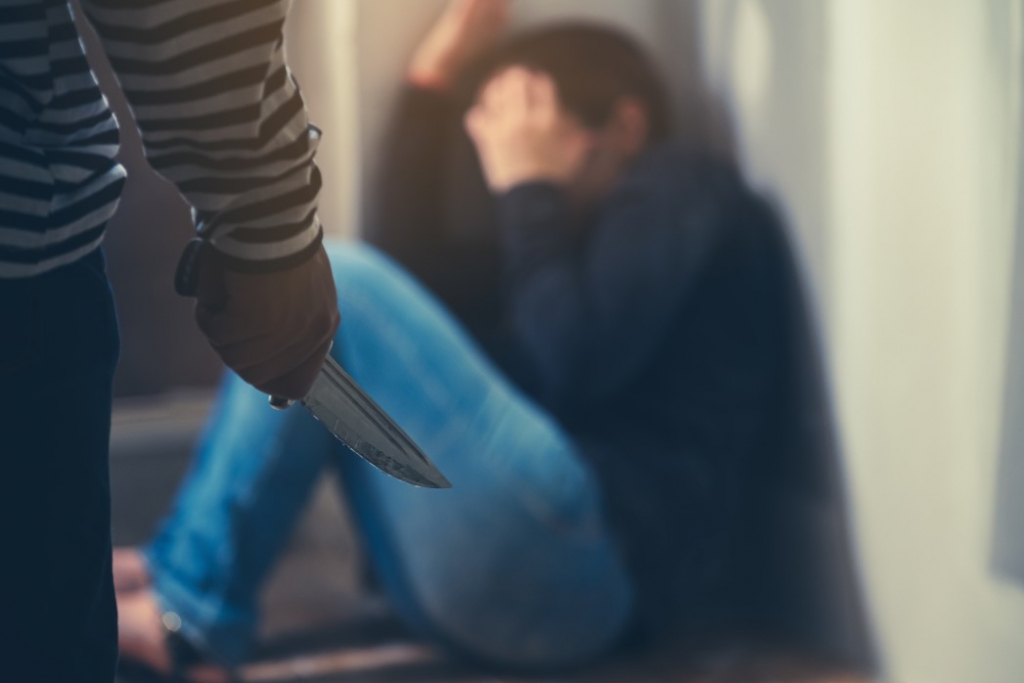
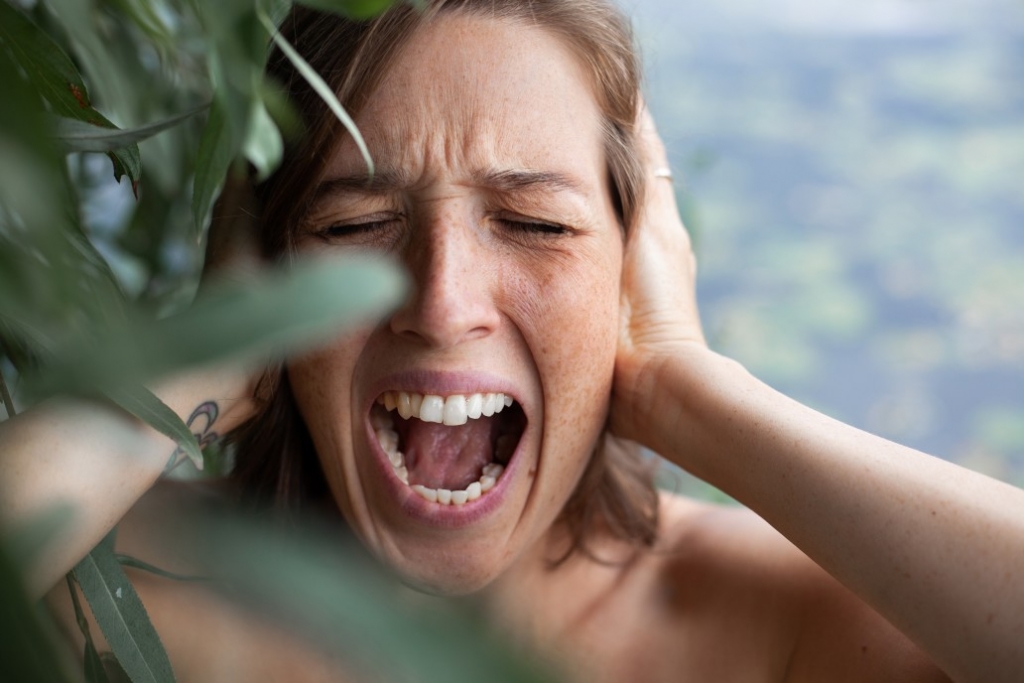
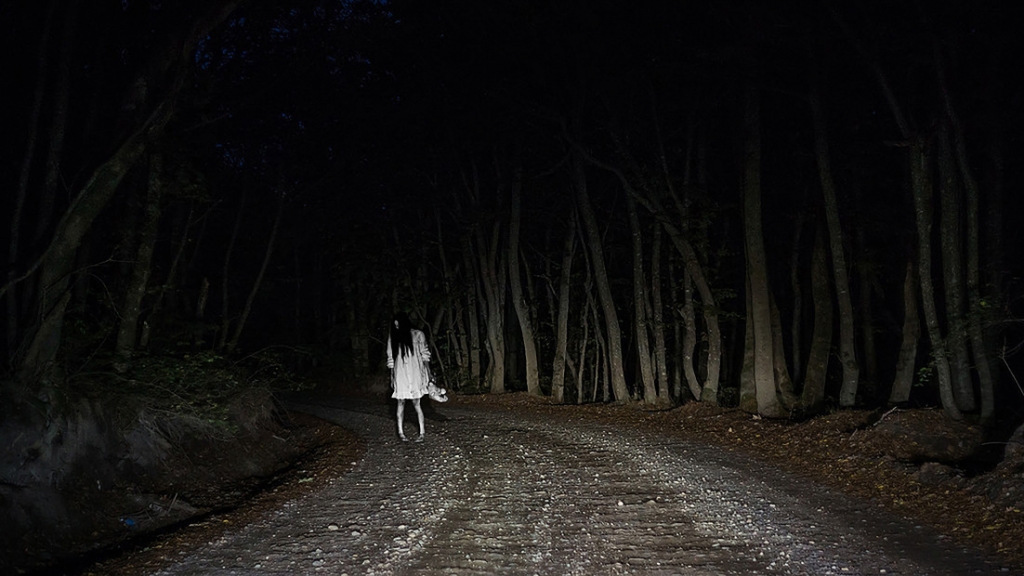
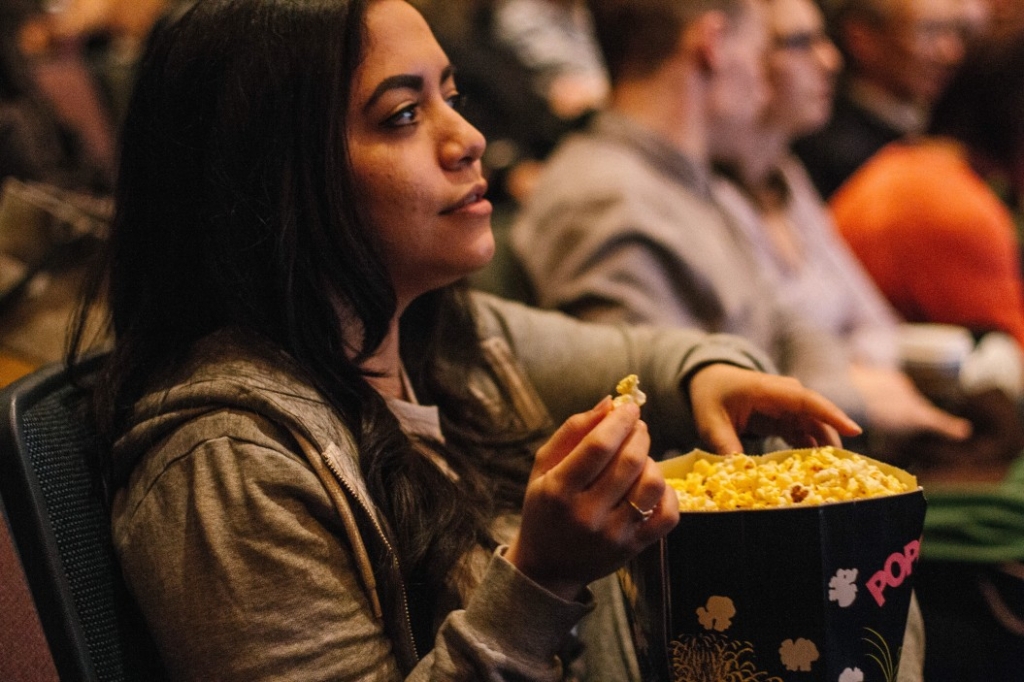
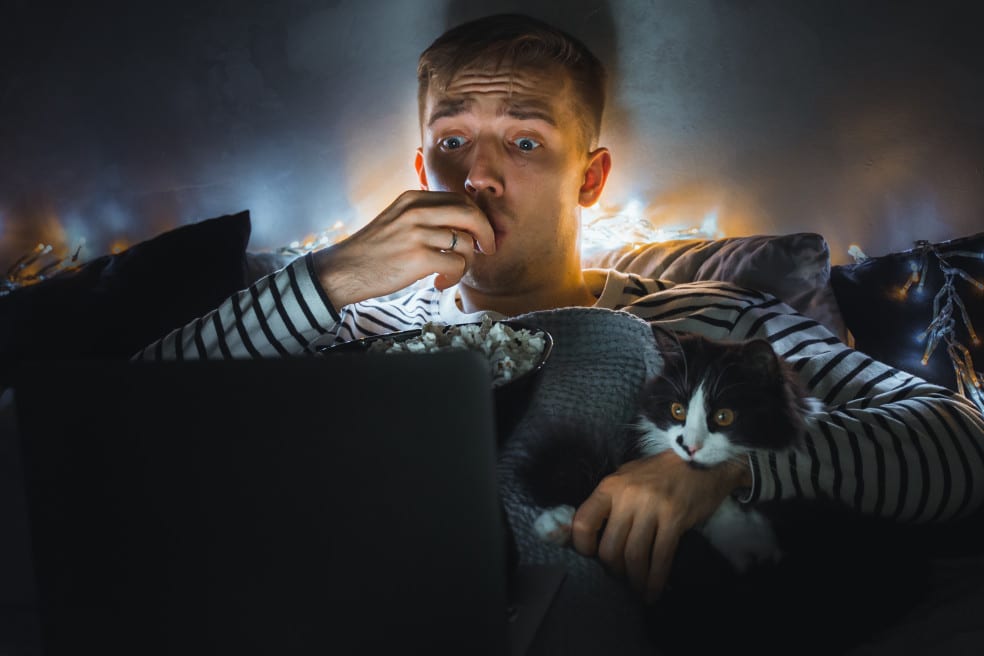

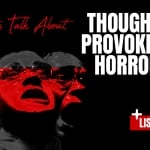

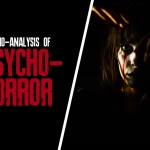








Follow Us!